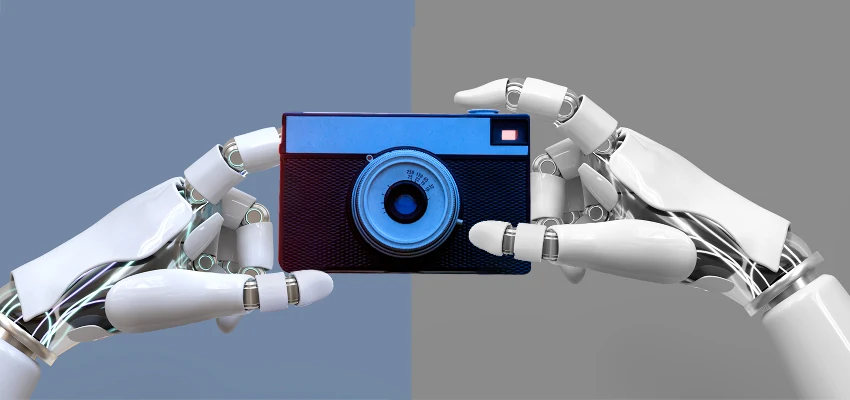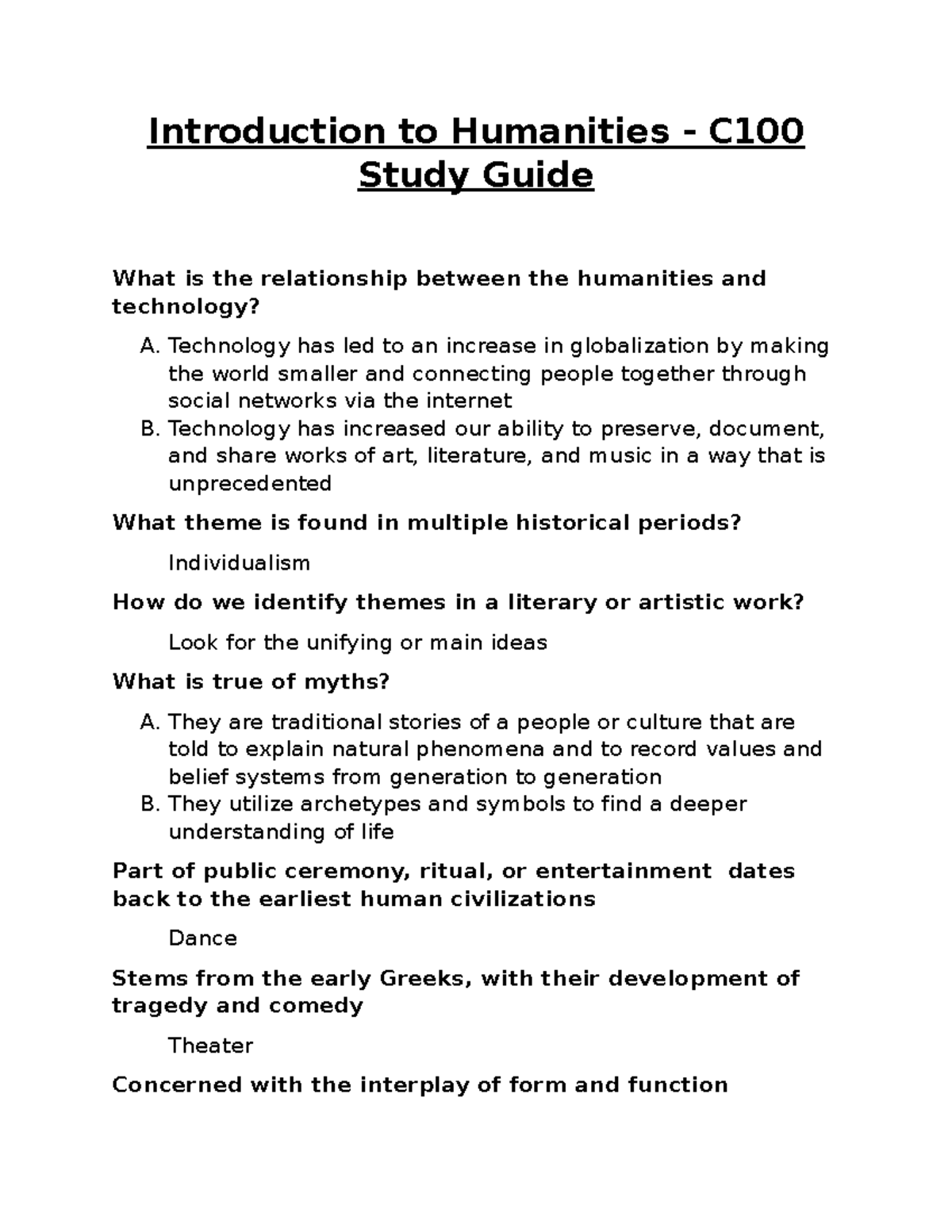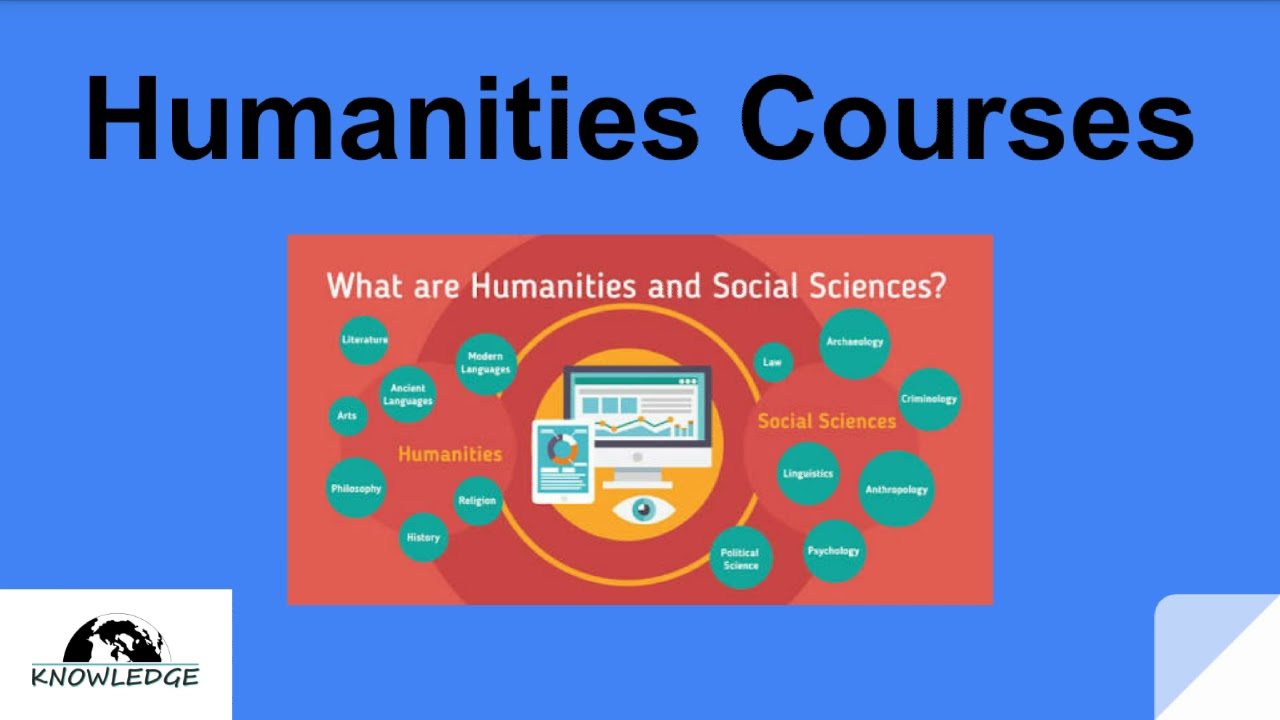AI in photojournalism is not only a revolutionary development but also a controversial one that raises questions about ethics and authenticity in the photography industry. As photojournalists grapple with the implications of AI technology photography, figures like Kira Pollack are exploring how these advancements could potentially safeguard the vast archives of visual history. The increasing sophistication of AI has sparked both fears of copyright infringement and hopes for innovative archiving solutions that preserve photojournalism’s integrity. At the heart of this conversation lies the pressing need to evaluate the impact of AI on journalism, particularly as the line between real and synthetic images becomes increasingly blurred. In this rapidly changing landscape, understanding photojournalism ethics and the responsible use of AI tools is essential for the future of this vital art form.
The intersection of artificial intelligence and visual storytelling exemplifies a new frontier in the field of journalism, often referred to as automated image analysis or machine learning in visual communication. This paradigm shift brings to light the potential for AI to enhance the preservation of photographic archives, offering innovative ways for photojournalists to organize and curate their work. With the increasing digitalization of historical visuals, discussions around preserving these rich legacies are more crucial than ever. As the photography landscape evolves, the dynamics of trust, authenticity, and creativity are in constant flux, prompting essential dialogue about how these technologies can be harnessed without compromising the core values of the craft. The ongoing exploration of AI’s role in this context underscores the broader discourse about the future of photography in an ever-accelerating technological age.
Kira Pollack and the Evolution of AI in Photojournalism
Kira Pollack’s unique position at the intersection of art and technology makes her a pivotal figure in the discourse surrounding the impact of AI on journalism. Having worked with influential publications like Vanity Fair and Time Magazine, Pollack’s insights into how AI technology can both threaten and potentially save photojournalism are crucial. As the visual medium rapidly evolves, her exploration into the use of AI tools not only seeks to preserve the rich history of photojournalism but also presents an opportunity to redefine it. The dynamic nature of AI in photography brings both challenges and possibilities that must be navigated with care, especially regarding ethics in photojournalism.
The implications of integrating AI into photojournalism go beyond mere technical advancements. Pollack asserts that embracing AI’s capabilities could revolutionize the way we maintain and access photo archives, thus preserving an integral part of global history. This perspective highlights a dual narrative; while AI may create mistrust through fabricated images, it can also enhance the authenticity of historical documentation by organizing and contextualizing vast amounts of visual data. Especially in an era where image proliferation is rampant, Pollack’s efforts in harnessing AI can potentially restore faith in the truthfulness of visual journalism.
Preserving Photo Archives: The Ethical Considerations
Preserving photo archives is a pressing concern for photojournalists, particularly as the digital landscape expands. The challenge lies not only in maintaining these visual legacies but also in ensuring that they are handled ethically, respecting the rights and intentions of their creators. Pollack emphasizes that the way forward must involve a keen understanding of photojournalism ethics, especially concerning how AI interacts with these archives. By employing AI technology creatively and responsibly, there’s a chance to repurpose these historical images, making them more accessible without compromising their integrity.
Moreover, ethical considerations extend to potential copyright infringements that arise from using AI to manage photo archives. The intersection of ownership and authorship becomes increasingly complex when images are utilized for training AI models. Pollack’s research aims to navigate these murky waters by focusing on the ethical implications of AI’s role in preserving the photojournalism legacy. By ensuring that the voices of the photographers are upheld, Pollack advocates for responsible AI deployment that honors the visual narrative while also allowing for innovative approaches to archiving.
The Impact of AI on Journalism and Photography
The introduction of AI technology into the realm of journalism brings forth significant transformations, leaving many in the industry to ponder its overall impact. Kira Pollack, as a seasoned photojournalist, recognizes the profound implications that AI can have on both the creation and consumption of visual media. On one hand, generative AI raises concerns about authenticity and trust, as the technology becomes capable of producing photorealistic images that can mislead the audience. This has led to widespread discussions about how journalism can maintain its credibility amidst these technological advancements.
Conversely, AI presents exciting opportunities for creativity and efficiency within photography. Pollack’s work suggests that rather than being a simple threat, AI can act as a powerful tool to enhance photojournalism practices. With AI’s ability to analyze and categorize vast amounts of imagery, photojournalists can better organize their archives, enabling them to unearth relevant photographs that tell deeper stories. Pollack’s research propels the narrative that AI can reinforce the core values of journalism—truth and authenticity—if it is employed thoughtfully and ethically.
Navigating the Future: AI, Photojournalism, and Cultural Preservation
As we look toward the future of photojournalism, the balance between technological innovation and cultural preservation becomes increasingly relevant. Kira Pollack’s fellowship at the Shorenstein Center embodies a vision of the future where technology is leveraged to both protect and promote the rich heritage of photojournalism. The convergence of AI technology with cultural narratives fosters a space where the stories behind photographs don’t fade but instead gain new significance. The challenge lies in ensuring that as these technologies evolve, they do not overshadow the human experiences encapsulated within the visual storytelling.
The engagement with diverse stakeholders—technologists, ethicists, and journalists—creates a multi-dimensional dialogue about the future of the industry. Pollack’s approach encourages a collaborative exploration of how AI can enhance the preservation of photo archives while addressing potential pitfalls. This pivotal moment offers an opportunity for photojournalists to reflect on their legacy and assert their narratives in the age of AI, ensuring that the stories captured through their lenses remain relevant and impactful for future audiences.
AI in Photojournalism: Challenges and Opportunities
AI in photojournalism raises both formidable challenges and remarkable opportunities, necessitating a careful examination of how technology can be harnessed ethically. Kira Pollack’s focus on the ethical implications of AI technology highlights the urgency of addressing concerns over image authenticity and ownership. As generative AI grows increasingly sophisticated, it complicates the landscape, giving rise to fears of deep fakes and misrepresentation. At the same time, Pollack argues for a proactive stance on utilizing AI to safeguard the integrity of photojournalism and maintain its foundational values.
The potential benefits of AI in enhancing photojournalistic practices are significant. From improving the organization of archives to providing richer contextual analyses of images, AI offers photographers tools that can elevate their storytelling capabilities. Pollack’s commitment to exploring AI’s applications in a responsible way speaks to a broader movement within the industry to adapt to the changing landscape of media. By prioritizing ethical considerations and leveraging the strengths of AI, photojournalism can evolve while still honoring its commitment to truth and transparency.
The Role of Technology in Transforming Visual Storytelling
The advent of AI technology poses transformative possibilities for visual storytelling, particularly in how narratives are constructed and conveyed through images. Kira Pollack believes that the integration of AI can open new avenues for creativity in photojournalism, redefining how history is documented and accessed. This technology can empower photojournalists to enhance their storytelling by providing dynamic, immersive ways to engage with their archives, stirring a fresh interest in visual history and its ongoing relevance.
By utilizing AI to analyze and contextualize photographs, journalists can offer more nuanced narratives that resonate with diverse audiences. This approach underscores the importance of adapting to technological advancements while still rooting storytelling in the fundamental principles of journalism. Pollack’s vision illustrates the potential for technology to augment, rather than replace, the human element in storytelling, fostering a deeper connection between audiences and the visual records that shape our understanding of the world.
Archiving with Integrity: AI’s Potential for Ethical Preservation
In the quest for preserving photojournalism’s legacy, AI holds promise as a tool for ethical archiving. Kira Pollack’s research aims to explore the boundaries of how AI can assist in cataloging extensive photographic archives while maintaining the integrity and intentions of the original creators. The goal is to employ AI’s analyzing capabilities to ensure that the context and emotional narratives behind the images are not lost, thereby sustaining the authenticity of historical documentation.
Pollack emphasizes that responsible archiving entails not only the preservation of physical images but also the stories and rights associated with them. Establishing a framework for ethical use of AI in photojournalism is crucial for protecting these legacies from unauthorized exploitation. By ensuring artist consent and reflection of original intent in digital formats, the photojournalism community can navigate the complexities of AI technology while safeguarding the vital narratives that images encapsulate.
Exploring AI Ethics in the Photojournalism Landscape
As the landscape of photojournalism evolves with AI technology, understanding ethical considerations becomes critical. Kira Pollack’s work delves into the implications of AI on copyright laws and the potential misuse of photographer’s work, highlighting an urgent need for ethical frameworks. The dichotomy between AI’s role in creating distrust through fabricated visuals and its capacity to enhance the preservation of authentic images poses a unique challenge that photojournalists must navigate.
Pollack underscores the importance of fostering a coherent dialogue about the ethical use of AI by engaging with various stakeholders in journalism and technology. The outcomes of these conversations could shape policies that protect artists’ rights while exploring innovative approaches to storytelling. By encouraging a responsible dialogue around ethical questions, the photojournalism community can harness the benefits of AI technology without compromising its core values of truth, authorship, and respect for visual history.
Future Directions: Fostering Innovation in Photojournalism through AI
Looking toward the future, the dialogue around AI in photojournalism is poised for significant innovation under the guidance of leaders like Kira Pollack. By focusing on the intersection of technology and journalism, there exists an opportunity to redefine how visual narratives are produced, preserved, and shared. The pressing challenges facing photojournalists due to AI advancements necessitate creative solutions that enhance the industry’s capacity while safeguarding its integrity.
Pollack’s endeavors at the Shorenstein Center reflect a commitment to exploring the future of visual storytelling in an ethical manner. Engaging with interdisciplinary perspectives offers a vital foundation for understanding how photojournalism can leverage AI to not only archive images but also to cultivate a deeper appreciation for the stories they tell. Through collaborative efforts, photojournalists can proactively shape the discourse around AI, ensuring that the art of storytelling remains as vital as ever.
Frequently Asked Questions
What is the impact of AI technology on photojournalism ethics?
AI technology significantly impacts photojournalism ethics, raising concerns about copyright, authorship, and trust in visual narratives. Photojournalists like Kira Pollack emphasize the need to understand how AI can both preserve the integrity of visual records and mitigate risks such as unauthorized use of images.
How can AI technology photography be used to preserve photo archives?
AI technology photography can aid in cataloging, organizing, and contextualizing vast photo archives, as highlighted by Kira Pollack’s research. By employing AI tools, photojournalists can make these valuable records more accessible and discoverable, thus ensuring that critical historical images aren’t lost to time.
What are the challenges of using AI in photojournalism?
The challenges of using AI in photojournalism include maintaining the authenticity of images, addressing copyright violations, and ensuring ethical usage. Subjective interpretations of AI may blur the distinction between real and generated images, prompting photojournalists to carefully consider AI’s role in their craft.
How does Kira Pollack view the intersection of AI and photography?
Kira Pollack views the intersection of AI and photography as a double-edged sword. While AI poses existential threats to the trustworthiness of visual media, it also offers innovative solutions for preserving and accessing photojournalistic archives, enriching our understanding of historical events.
Can AI help mitigate the erosion of trust in photojournalism?
AI can help mitigate the erosion of trust in photojournalism by focusing on preserving and organizing authentic images rather than generating fake visuals. Pollack’s work explores how AI can reinforce the core values of authorship and truth in journalism, ensuring that real stories are not lost amidst a landscape of fabricated imagery.
What potential does AI have for historical photo preservation in journalism?
AI has significant potential for historical photo preservation in journalism by enabling efficient cataloging and contextualization of vast archives. Kira Pollack’s research showcases how AI can enhance the discoverability of images, thus preserving essential narratives for future generations and supporting ongoing dialogues about visual history.
How does AI technology photography navigate copyright issues in photojournalism?
AI technology photography navigates copyright issues by aiming to protect the rights of original photographers while utilizing image archives responsibly. Pollack emphasizes the importance of securing consent and ensuring that AI applications respect the authorship of the visual content they analyze or organize.
What is the role of AI in enhancing the storytelling aspect of photojournalism?
AI plays a critical role in enhancing the storytelling aspect of photojournalism by helping to surface deeper narratives and insights from archives. Kira Pollack’s work focuses on using AI to extract meaningful context from images, enabling more immersive storytelling that reflects the intent and experience of the photographer.
| Key Points | Details |
|---|---|
| Threat of AI to Photojournalism | Artificial Intelligence poses risks via copyright issues and the creation of synthetic images that can blur the line between reality and fabrication. |
| Kira Pollack’s Perspective | Kira Pollack, an award-winning visual storyteller, argues AI could also be used to preserve photojournalism’s rich history and archives. |
| Focus of Research | Pollack’s research involves using AI to catalog, organize, and contextualize journalism images for better access and preservation. |
| Case Studies Conducted | Working with Christopher Morris, Pollack conducted studies evaluating images from significant events like the Iraq war, assessing AI’s image interpretation capabilities. |
| The Goal of Shorenstein Fellowship | Pollack aims to engage with various experts to explore technology’s impact on journalism and maintain the core values of accuracy and storytelling in photojournalism. |
| Concerns About AI Usage | While Pollack acknowledges the potential dangers of AI, she emphasizes its use should be aimed at preserving true photojournalism rather than creating misleading images. |
Summary
AI in photojournalism stands at a crossroads, where it can both threaten and safeguard this vital form of visual storytelling. Kira Pollack’s work highlights the importance of understanding and utilizing AI to protect the extensive archives of professional photojournalists. By using technology to catalog and preserve images, Pollack aims to ensure that the truth captured in these photographs remains accessible and relevant amidst the rise of synthetic media. The dialogue around AI’s impact on photojournalism is critical, as embracing the opportunities it presents can reinforce the commitment to authenticity and ethical storytelling.




